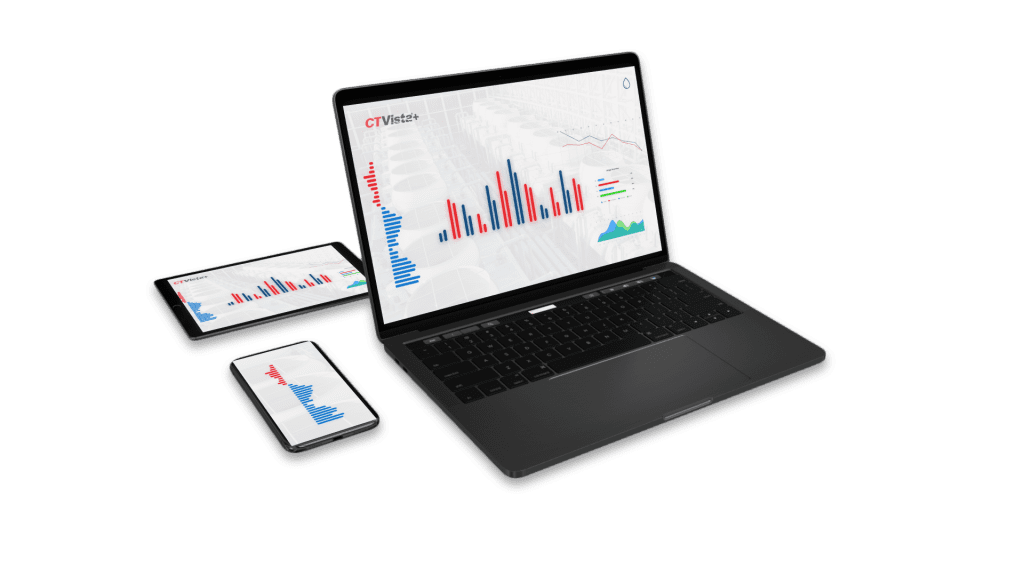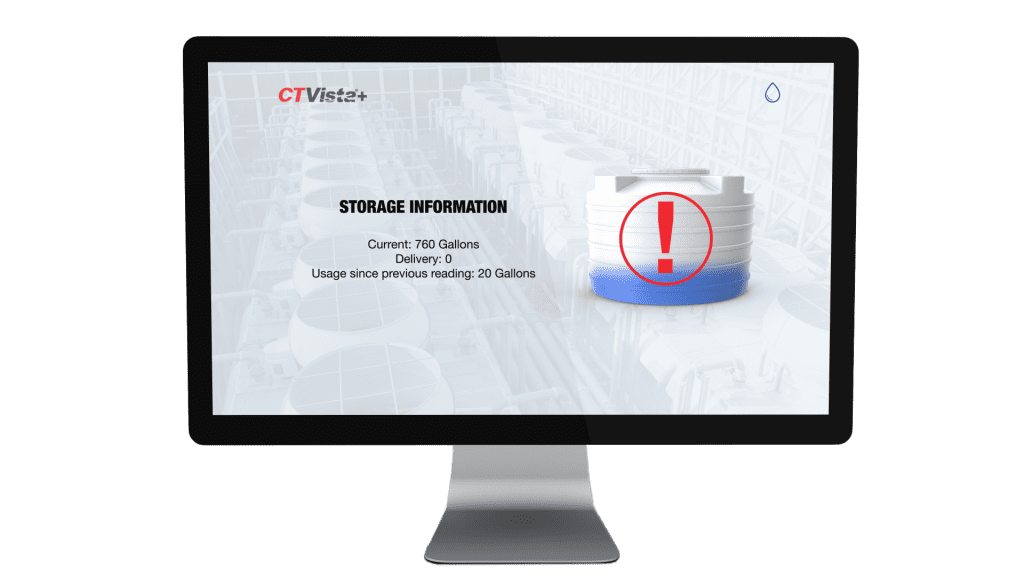Industrial facilities of many types have become much more advanced and modernized over the decades. This modernization includes increased on-line instrumentation to provide important, real-time data about plant processes.
Making Sense of Your Operational Data
Critical among these issues are makeup water production, cooling water treatment, and water/steam chemistry control. However, at many plants, the amount of data that operators receive in the control room or at satellite locations can be staggering. Sometimes a serious issue may develop but become lost in an avalanche of information. Classic examples include:
1. pH levels in Boilers: Corrosion and Short-Term Boiler Tube Failure
We have directly observed cases where high-pressure utility boiler water pH began to drop but wasn’t caught by site personnel. Persistent low boiler pH can generate conditions that will almost certainly lead to corrosion and perhaps even short-term boiler tube failure without immediate action.
2. Sodium and Cation Conductivity in Steam Generator Condensate Systems: Warnings of Impurity Ingress
Smart technologies have been developed to help operators and technical personnel better respond to process upsets and maintain chemistry within proper limits. Consider the boiler water pH example above. At many power plants, steam generator on-line instrumentation includes sodium and cation conductivity monitors for both condensate and feedwater. An increase in more than one reading usually suggests impurity ingress, most likely from a leaking condenser tube. A rapid alarm allows corrective action before the boiler water becomes seriously affected.
For industrial plants, these readings and others can detect impurity ingress in condensate return, often from heat exchanger leakage.
3. Temperature Changes in Heat Exchangers: Warning Signs for Scale Formation and Fouling
Another classic case, of which many examples exist, is temperature monitoring of heat exchangers supplied from either once-through or cooling tower-based systems. Plant or technical personnel may have observed an increase in the terminal temperature difference (TTD) of the heat source vs. the process outlet temperature, but concluded the issue was minor. However, this data is frequently a warning sign of the onset of scale formation, or, even more troublesome, microbiological fouling on the cooling side. The latter may exhibit logarithmic growth, which reduces heat transfer dramatically and establishes active sites for corrosion.
Furthermore, an increase in heat exchanger TTD can alert plant personnel of potential failure or degraded performance of a cooling water chemical feed system. The data may be especially beneficial if displayed in graphic form on a computer screen to clearly outline deviations.
Even more proactive in this regard is instrumentation that monitors chemical feed pump output, chemical tank levels, and so forth. Even then, normally variable conditions often require additional adjustments to chemical feed. For instance, the potential for microbiological fouling in cooling towers and heat exchangers is significantly enhanced during warm weather. Adjustment of the biocide feed rate is typically necessary.
Make Sense of Your Data with Intelligent Water Management
Numerous companies have developed smart systems in recent decades. One of the most modern is ChemTreat’s CTVista®+ program. This cloud-based software, operable or observable from a desktop or laptop personal computer, industrial computer in the control room, or mobile app, offers digital and printed information from on-line instrumentation readings and, if desired, user-inputted data.

Capabilities include:
- Graphic displays of readings from all water/steam-related processes, and how they align with control limits.
- Alarms and notifications, which can be color-coded based on type and severity. Email alerts are also available for personnel without continuous access to data.
- Ability to input data into log sheets automatically and generate reports.
- Tank level and chemical inventory tracking and notification when re-order is necessary.
- Ability for ChemTreat personnel to monitor process conditions.

System upsets in large, modern industrial plants can be very serious, potentially costing a great deal of money and potentially jeopardizing employee safety. Being proactive in monitoring process conditions offers huge dividends. Contact the ChemTreat team for assistance with your water monitoring needs.
Interested in learning more about CTVista®+? Request a demo.
The above are general comments only; all sites are different. CTVista®+ is subject to a standard warranty.

